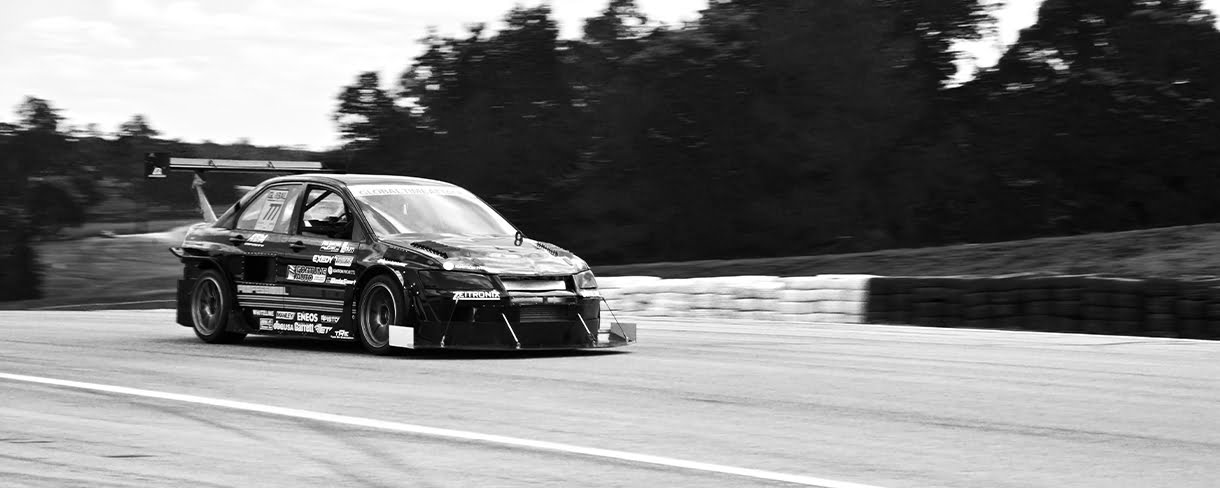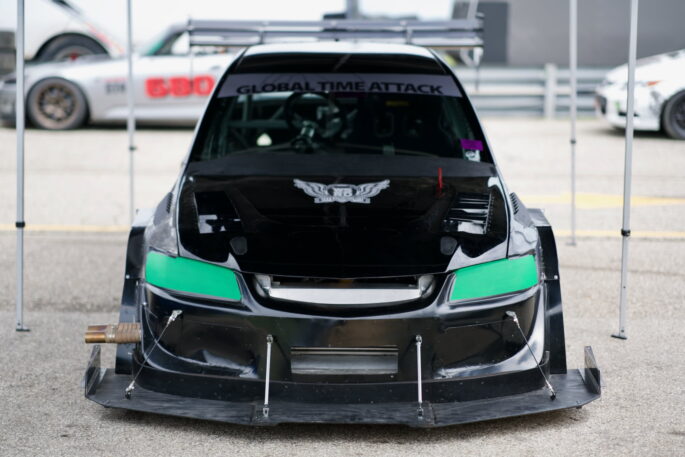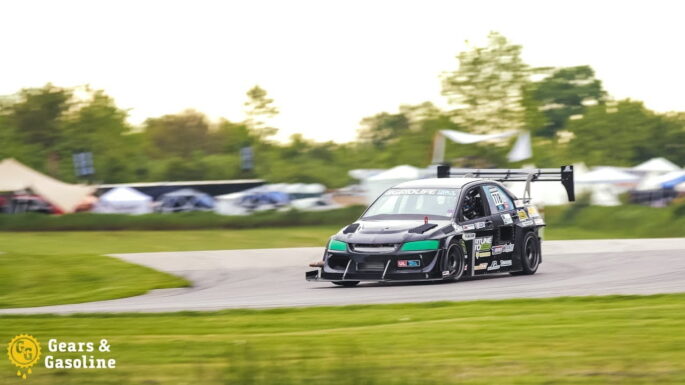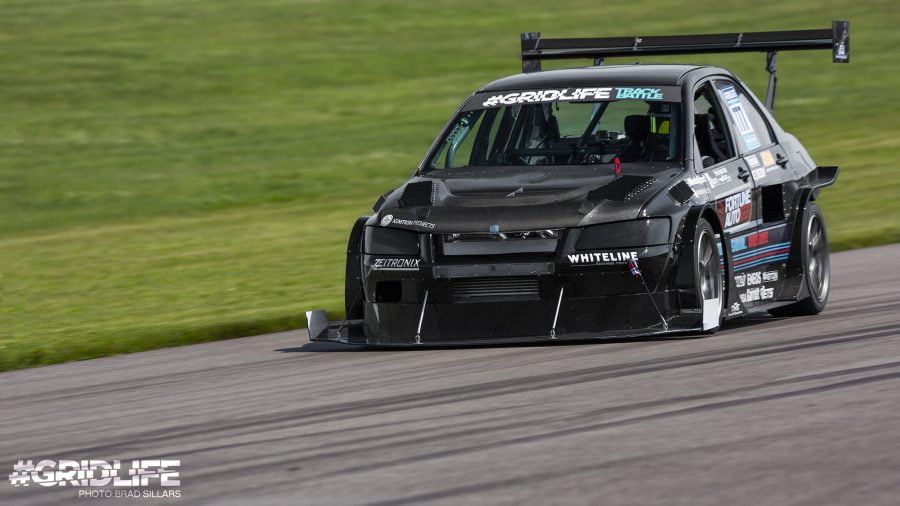While they might be controversial in the Sundae Cup world, Time Attack News put together a hell of a recap video from the 2022 Global Time Attack Finale. Check it out and see for yourself! https://youtu.be/IPRz4tt1YBc
Category: Evo VIII
Hypercritical Podcast Recap of GTA Finale at Buttonwillow Raceway Park
For those who haven't listened, head on over to your favorite podcast app to listen to the latest episode of Hypercritical where we cover the GTA Finale in all it's glory. Also, you may notice new cover art and a sweet Fuelab decal. Fuelab is officially sponsoring the podcast moving forward and we couldn't be … Continue reading Hypercritical Podcast Recap of GTA Finale at Buttonwillow Raceway Park
2022 Global Time Attack Finale Buttonwillow Raceway Park Recap
It’s been years since I’ve written a recap from one of our events. I can’t even blame the pandemic for this oversight! I recently had to look back through our history to document all the events we’ve been to and, to my surprise, it was much easier to find out what we were doing during … Continue reading 2022 Global Time Attack Finale Buttonwillow Raceway Park Recap
How to make your street car’s cooling system race and track-day ready.
In the 10+ years of track experience we have had, we’ve made a lot of mistakes and learned a lot of lessons. Hopefully, the lessons in this article will make life easier for you. First things first, I may interchange the words water and coolant, don’t get mad at me. In practice, you use water … Continue reading How to make your street car’s cooling system race and track-day ready.
Gears and Gasoline Gridlife 2019 Recap Video
The gentlemen at Gears and Gasoline put together an amazing little video recapping the 2019 Gridlife Midwest Festival. We are heavily featured in it and are ever so grateful. Please take a view and show them some love!!! https://youtu.be/mV75O2YIfQI
Global Time Attack’s Super Lap Battle at Buttonwillow Raceway
After our success at Gridlife, hopes were high for finally overcoming the Buttonwillow curse that has plagued us for years. In the past, the car would perform perfectly for numerous events and then have a massive failure in California. This year, we were determined to overcome that destiny. Preparation for the event went well, we … Continue reading Global Time Attack’s Super Lap Battle at Buttonwillow Raceway
Back in the Saddle Again at Gridlife Round 5 Gingerman
It was 10 months in the making. After two engine failures, a fire, and coming so close to the fastest lap ever at Super Lap Battle 2017, we knew we had a big rebuild ahead of us. In that time we’d repair the bodywork, rewire the entire car, update our data acquisition system, install a … Continue reading Back in the Saddle Again at Gridlife Round 5 Gingerman
Super Street Online SLB x GTA 2017 Coverage
Super Street just released their online coverage of Global Time Attack's Super Lap Battle 2017. Follow the link to read all about it. While you're here, check out the great shots they snagged of the car, before and after its fire.
Recap of Global Time Attack/Super Lap Battle
Global Time Attack's Super Lap Battle has always been a tale of two stories for the team. One where we are hit with monumental adversity and challenges in the highest-pressure situations. The other, where all these issues are overcome at the last moment and the team rises to the challenge, besting all expectations. Riding this knife … Continue reading Recap of Global Time Attack/Super Lap Battle
Best of GridLife 2016
We made the Brad Sillar's Best of GridLife 2016! It's an honor to have been in a few of the top images of 2016 from such a great photographer. Check out Brad's site here!











